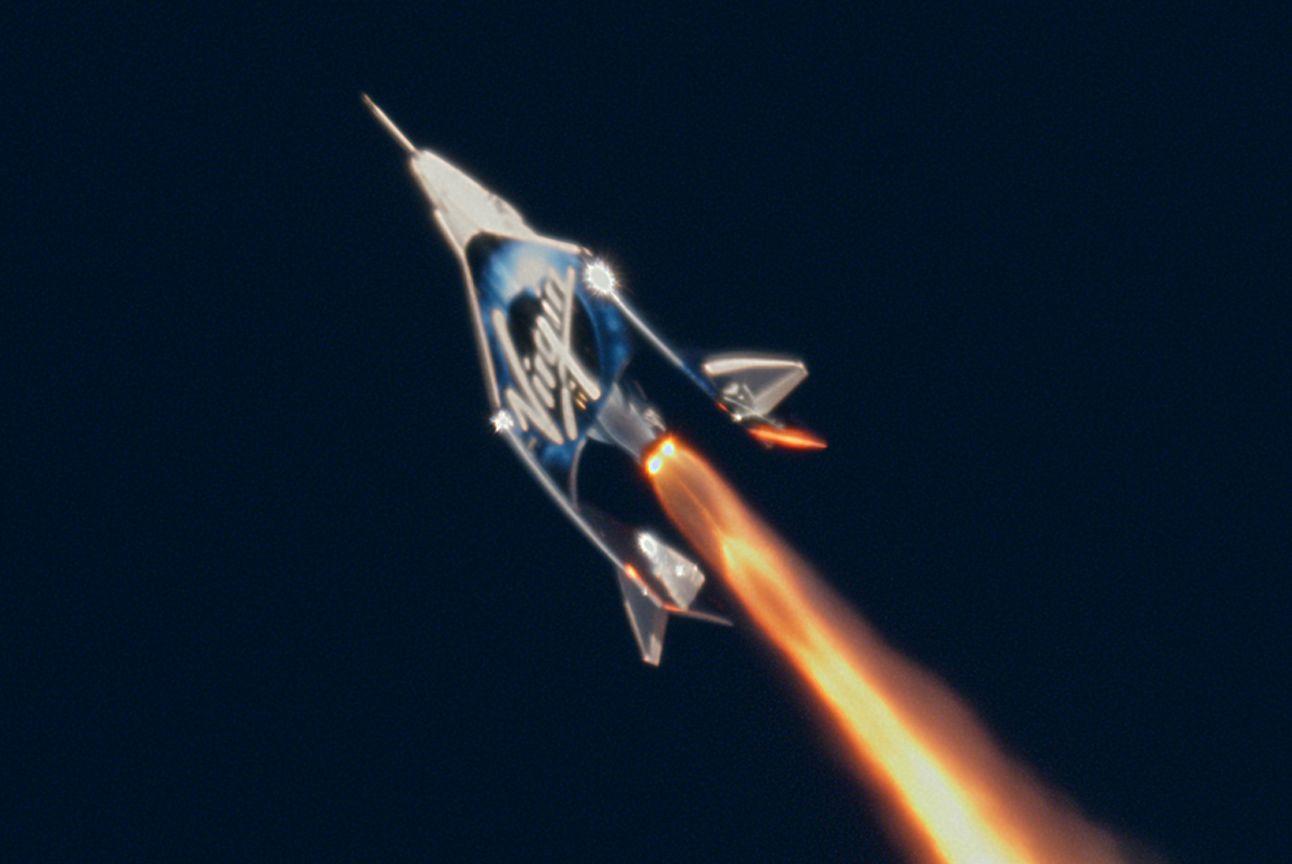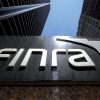BUSINESS NEWS
Buy Virgin Galactic stock to invest in the billionaire space race
[ad_1]
If you’ve been wanting to own shares in the latest generation of space companies, now is your first chance.
Social Capital Hedosophia, the investment vehicle of venture capitalist Chamath Palihapitiya, is merging with Richard Branson’s Virgin Galactic in a deal that will open the space tourism company to public investors later this year. Social Capital Hedeosophia will own 49% of the combined company.
Investors can already buy shares of Social Capital Hedosophia and, therefore, can buy a stake in Virgin Galactic, which is set to be the first publicly-traded human spaceflight company.
The special purpose acquisition company (SPAC) is listed on the New York Stock Exchange under the ticker “IPOA,” having raised $600 million in a 2017 public offering. The SPAC was set up as a way for investors to back Palihapitiya in his search for an overlooked or undervalued private technology company. SPACs give an investment manager up to two years to buy at least one asset, with investors getting the option to either stay in or get out once a deal is made.
Following the Virgin Galactic merger announcement, Social Capital Hedosophia stock rose 1.3% in trading from Monday’s close of $10.43 a share.
This is “an alternative path to a traditional IPO,” Chad Anderson, CEO of investment firm Space Angels, told CNBC.
“Today, all IPOs are mega valuations, and private investors are capturing all the value,” Anderson said. “This SPAC is allowing the public to participate in this growth story.”
After the announcement, Virgin Galactic’s top management – including Branson and Palihapitiya – met on Tuesday with potential investors in New York City for an educational luncheon, according to an invitation seen by CNBC.
Taking Virgin Galactic public marks a turning point in the 21st century generation of space companies, led by the likes of Elon Musk’s SpaceX and Jeff Bezos’ Blue Origin. According to Space Angels, more than $20 billion has been invested in 435 space companies over the past decades, with investments only accelerating in recent years. Exchange-traded funds have entered the scene but Virgin Galactic marks a new milestone in these companies tapping the public markets.
“All of the excitement in the entrepreneurial space age comes from greater access. There was nothing really exciting before 2009, before SpaceX,” Anderson said. “They opened up the market to new entrants.”
But, while SpaceX has dispelled notions of an IPO until the company reaches Mars and Blue Origin remains funded solely by Bezos, the IPO candidates have increasingly become companies like Virgin Galactic, small launcher Rocket Lab and internet satellite company One Web.
Anderson said Palihapitiya’s investment in Virgin Galactic was unsurprising, because “Social Capital’s been investing in space for awhile.” Another of Palihapitiya’s investments is Relativity Space, a start-up trying to print 95% of its rockets with enormous 3D printers.
Palihapitiya touted Virgin Galactic’s model on Tuesday, saying that he was amazed that it’s “a business that has software-like margins.” The company is trying to tap a new, potentially lucrative market for space tourism. In March, a report from UBS estimated that space tourism will be a $3 billion market a decade from now, although the added the caveat that it’s “still at a nascent phase.”
The risk reward at stake for Galactic as the first to market
Virgin Galactic’s public offering may put them at the front of the pack among private space companies but it’s not without risk. Anderson warned that this could mean it’s “too early” for Virgin Galactic to go public, especially with the company yet to begin regularly flying customers.
“They’re going from an extremely tight cap table – one extremely wealthy owner and a sovereign wealth fund – to public market ownership,” Anderson said. “There’s a lot of potential upside here but a lot less room for error.”
Additionally, Virgin Galactic has had years of delays in getting to the edge of space, as well as two deadly incidents. Three employees of Scaled Composites, which built the previous version of Virgin Galactic spacecraft, were killed in an July 2007 accident and a pilot was killed during an October 2014 test flight.
“Human spaceflight is incredibly challenging,” Anderson noted. “A typical argument against an IPO too early is that you lose the luxury of screwing up in private; However, VG is already squarely in the public eye and their development program (successes and setbacks) has been out for everyone to see.”
Time is the key ingredient to whether or not Virgin Galactic’s public listing ends up as a herald of success or a warning of the danger. Once public investors are involved, Anderson explained that Virgin Galactic will need “to manage a human spaceflight development program on a quarterly time horizon.”
But Branson and Palihapitiya may be able to do just that. Following successful test flights in December and February, which christened five new astronauts, Virgin Galactic told CNBC that about 2,500 people have expressed interest in paying for a flight – in addition to the more than 600 would-be-astronauts previously signed up. Virgin Galactic has advertised the 10-minute long trip to the edge of space for the price of $250,000 per person.
“It sounds like sales are going well on the heels of their successful tests,” Anderson said.
“Assuming everything goes well from here, this could be a great springboard for the company,” he added.
– CNBC’s Bob Pisani, Erica Wright and Ray Parisi contributed to this report.
[ad_2]
Source link













